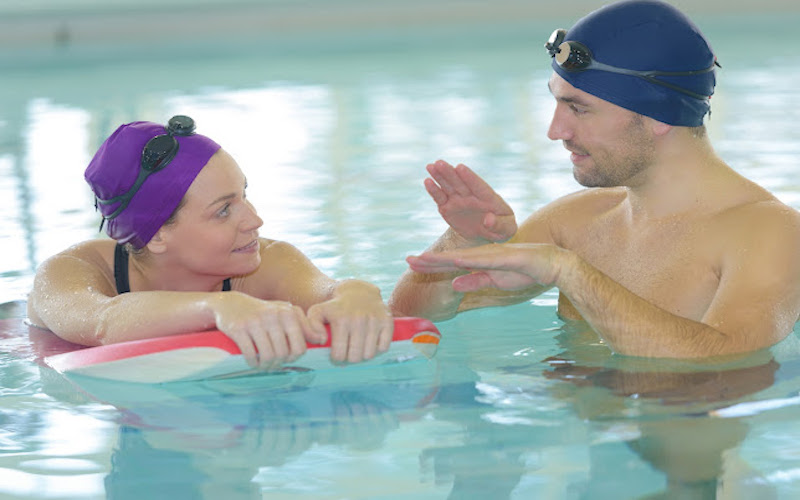- February 24, 2025
- Posted by: swimlyadn1m
- Category: Competitive Swimmers

Benefits of Early Swimming Lessons
-
Enhanced Safety Swimming lessons can significantly reduce the risk of drowning. Studies have shown that formal swimming lessons can reduce the likelihood of drowning among children aged 1 to 4 by as much as 88%.
-
Confidence in the Water Children who start swimming early develop a natural familiarity with water. This helps them feel at ease during aquatic activities and reduces fear, making them more likely to enjoy and respect water environments.
-
Physical Development Swimming promotes full-body exercise, improving coordination, muscle strength, and cardiovascular health. It also aids in developing balance and flexibility, crucial for a child’s overall physical growth.
-
Early Learning Abilities Participating in swim classes can boost cognitive and social development. Following instructions, interacting with peers, and completing tasks in the water can improve focus, memory, and social skills.
When to Start
Experts recommend introducing children to water between the ages of 6 months and 3 years. While infants aren’t capable of independent swimming, early exposure to water helps them become comfortable and lays the foundation for future skill-building. For children under seven, we suggest specialised programs like Duck and Dive, which focus on the unique needs of this age group. Swimly primarily supports children over seven and those who missed lessons during key developmental stages, like the COVID-19 pandemic.
Choosing the Right Swim Program
When selecting a swim school, consider the following:
-
Qualified Instructors: Ensure the program is led by certified and experienced teachers who specialize in children’s swimming.
-
Safety First: The facility should prioritize safety with lifeguards, safety protocols, and clean, warm water.
-
Parent Involvement: For younger children, programs that involve parents in the water can enhance bonding and create a sense of security.
-
Small Class Sizes: A low instructor-to-student ratio ensures personalized attention.
Tips for Parents
-
Be Patient: Every child progresses at their own pace. Celebrate small victories and avoid pressuring them to master skills quickly.
-
Reinforce Lessons: Practice water safety habits at home and encourage your child to demonstrate what they’ve learned in class.
-
Make It Fun: Use games and toys to create positive associations with water.
-
Lead by Example: Show your comfort and confidence in the water to inspire the same in your child.
Addressing Fears
If your child is fearful of water, take gradual steps to build their confidence. Start with shallow water play and gradually introduce more structured activities. Reassure them with encouragement and avoid forcing them into situations they aren’t ready for.
Final Thoughts
Teaching kids to swim early is an invaluable gift that combines safety, health, and joy. With the right approach, parents can help their children develop skills and confidence that will serve them throughout their lives. Remember, swimming isn’t just a sport—it’s a life skill that saves lives.

